Hey, guys. This is not a quilting topic this week. I’m on Facebook a lot, and I see lots of advertisements for really cute clothes. I’ve ordered some in the past, and have always been disappointed. It is almost like the clothes I receive are not even related to the clothes in the picture. I always wondered about that – where are those cute clothes coming from. Clearly not from the company overseas that take my money and sends me weird textiles that are vaguely clothing shaped.
I took a class this spring with Bonnie Christine, and part of it was how to work with product mock-ups. Light bulb moment! Bonnie taught us how to take a photo of a white object and layer our patterns over it and give an idea of what products would look like with our patterns on them. It is a really cool portfolio tool. Unfortunately, scam companies are stealing images from artists, creating product mock-ups, then selling them to suckers like me. Then, they either do a shoddy job of making the product, or just disappear, keeping my money.
The mock-up lesson from Bonnie has shown me how to recognize a mock up, and I’m going to share it with you. Then you won’t also be suckered by those cute bohemian tops, or artsy sweatshirts.
I only have two examples for you, but they should help. One thing to look for is a woman in exactly the same pose, wearing multiple different shirts. And I mean, exactly the same – hand in pocket, hip popped, hair over her shoulder. You will know what I mean when you see it. Of course, there are no ads on my account right now.
These are both from Finwears.com. I’m not going to link to them – the hell with them. They are scammers and don’t deserve the traffic.
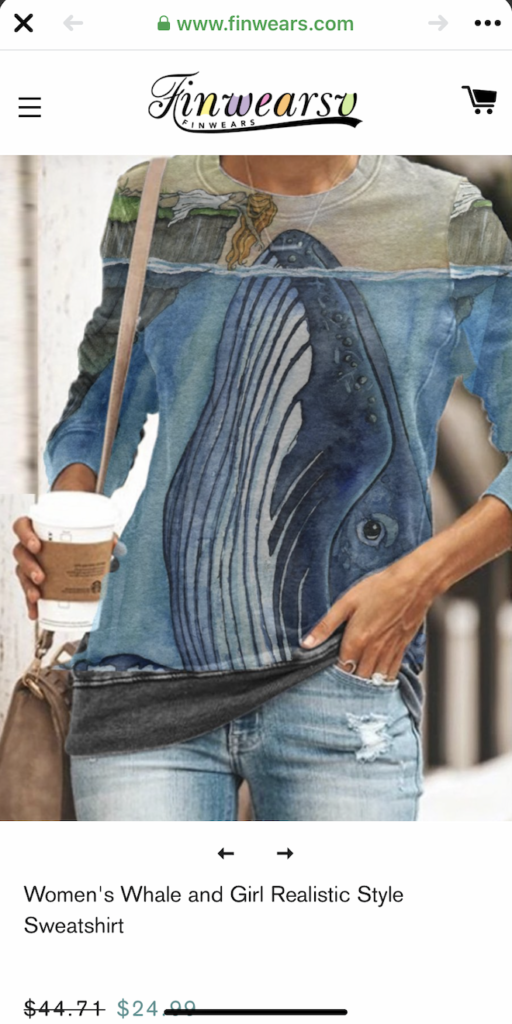
This sweatshirt caught my eye. I love the art print, and look at how cool it is! It flows over the arms of the shirt, and the collar, and everything. How do they do that?

They do that by faking it on a computer. Maybe it is possible to print in 30d around a sweatshirt, but I don’t think so. And if it is just pieces matched up and sewn, again, I think that level of detail is unlikely. When you zoom in you can see the signs of an obvious mock up. That shirt is printed right onto her hand! Somebody didn’t zoom in enough when they made their clipping mask.
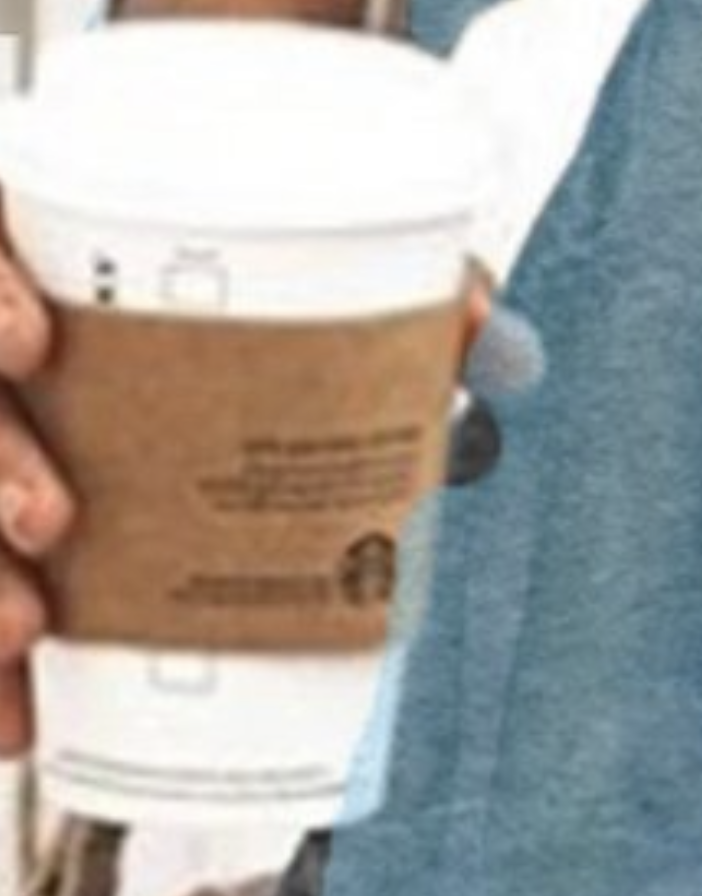
Those darn thumbs. They are so hard to find. Or maybe the sweatshirt is a little transparent?
Oh, and this particular art print was stolen from Rachel Byler of The Colorful Cat Studio. I’m so bummed, because it’s a killer shirt. I might have to buy an art print to console myself.
Do you see what I mean? I have another example for you.
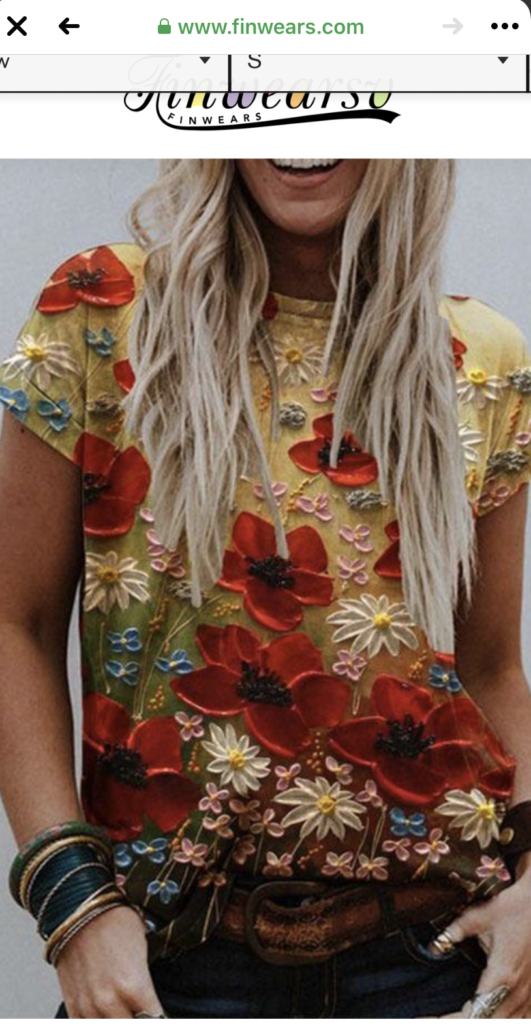
This one is a little harder to spot, until you zoom in. I noticed right away that her hair is a little choppy. I zoomed in.

Either she has red dye on just one little bit of her hair, or its a bad Photoshop job.
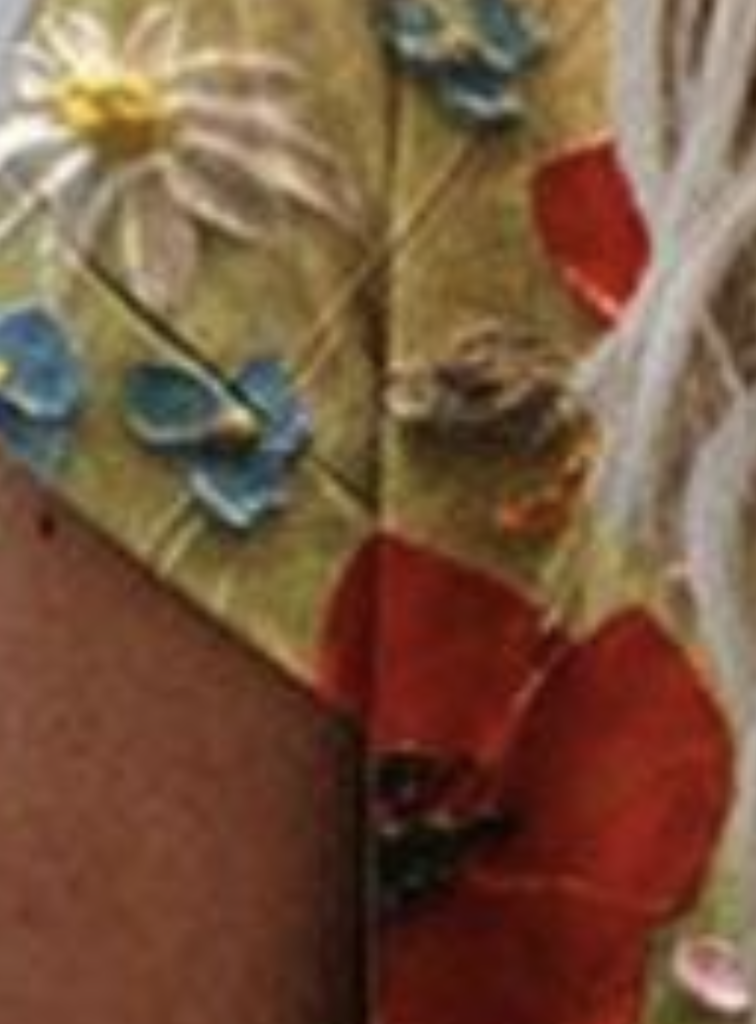
Also, check out the sleeve. The flower from the bodice flows right onto the sleeve. Even though those pieces aren’t actually attached. It is just the way her arm is held.
This might have been a little more detail oriented than you were looking for, but these issues become more obvious when you know what to look for. I love buying things online. Unfortunately, I am more often disappointed by online clothing than any other product, and it is due to this deceptive marketing technique. I’ve noticed other brands do this kind of thing when they have an item in multiple colors, but that feels acceptable to me.
Anyways, I hope this is helpful to some of you. I know I’m not the only sucker for a pretty shirt out here. I’ll have more quilty content soon. I promise!
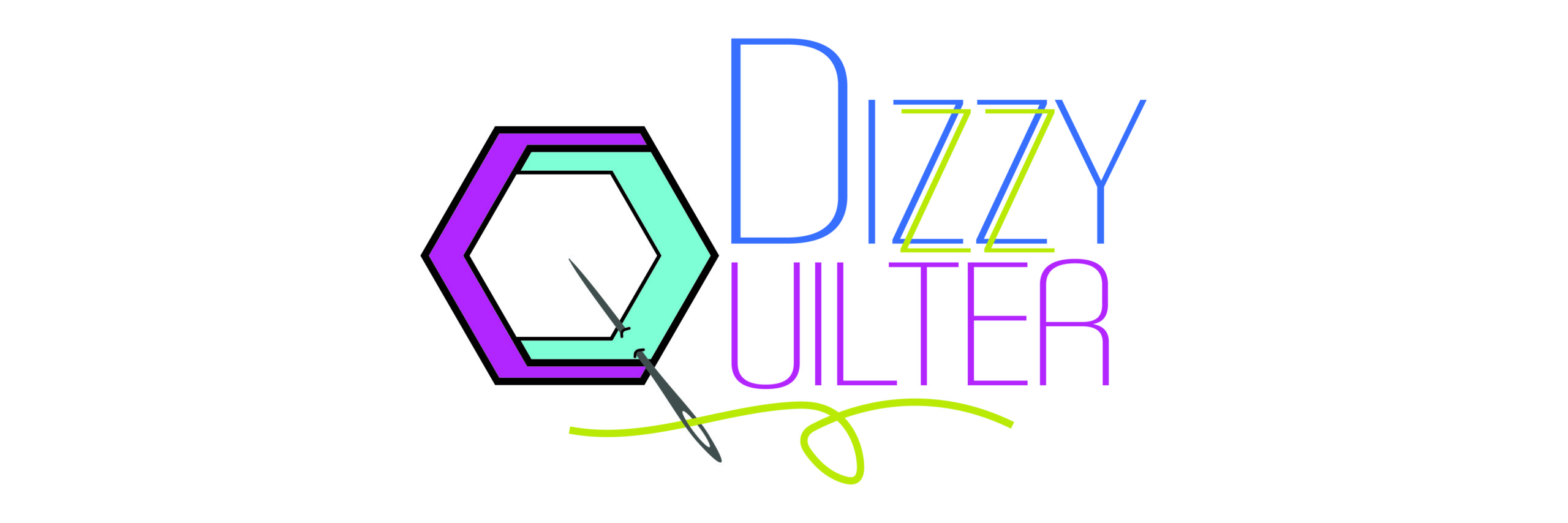

Jen, thank you so much for explaining this! Hubby wanted me to buy a shirt he saw like this, but when I looked for reviews of the online retailer it was all bad. I’m so glad I didn’t try to buy the shirts. Good luck! I have been thinking of buying a serger to create my own T-shirts, but I’ve got so many projects in flight I don’t want to start anything new. Good luck!!!
Thanks for that information! We really need to know this stuff and no one tells us.
I’m always skeptical of ads on Facebook or Pinterest. I usually look at the website and if the name is a little weird, I avoid it. And I read the reviews too. Sometimes it’s easy to pick up the bad Photoshopping, sometimes not. Thanks for the tips, Jen!
That is really great information, Jen! Another way to verify if a company is legit is to google reviews for them. Many times, you will find a lot of unhappy people so you know to steer clear!
Yes! Reviews are good to. I always worry that if it is their own platform, they can delete bad reviews.
Thanks for the info. Those ads do have the cutest clothes! Darn!! I have also been taken in by an earbud company, but did get full refund. I finally got the earbuds but they never worked. Live and learn!!
Truly fascinating. These scam stores drive me crazy. So far, I have been lucky.
Oh I had always had a tinge of skepticism about those types of ads (I see a lot on Instagram that are like, “oh so sad we’re going out of a business, wanted to announce a final sale…” and then thousands of comments saying “uh this is a scam”) but I didn’t know how they did it. This is helpful!
It’s too bad, I would wear that whale shirt every day.
Great post!